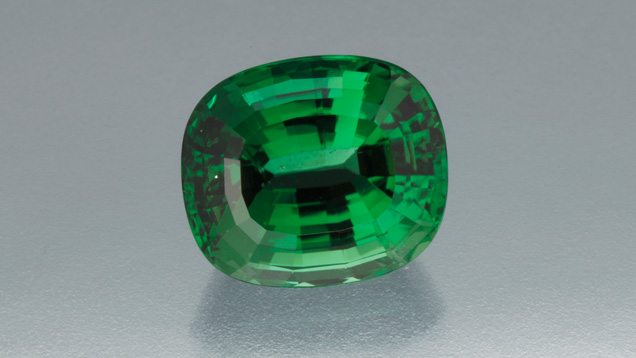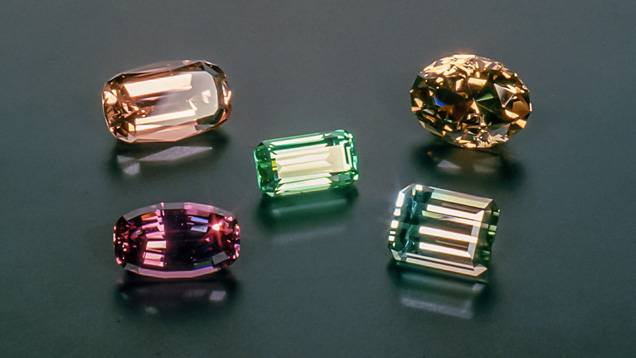In the 1500s, a Spanish conquistador in Brazil discovered a dirt encrusted green tourmaline crystal, famously mistaking it for a special emerald. It wasn’t until the 1800s that scientists realized his confusion recognized this crystal as its own mineral species. Since the 1500s, Brazil has been the largest deposit of these crystals, however, Sri Lanka, Mozambique, Nigeria, and Tanzania are also major sources of tourmaline. These beautiful crystals have also been discovered in California and Maine in the early 1990s.
Today, the tourmaline is recognized as the October birthstone, along with opal, and is also given as an eighth anniversary gift.


The beautiful “tourmaline” encompasses a family of stunning precious gemstones of many different colors and types, however, they all have similar healing properties. The tourmaline is known for providing sympathy towards others while fostering compassion, understanding, and level-headedness on its wearer. It is a stone of reconciliation and radiates the energy that attracts wealth, healing, and friendship. Tourmaline is also a very earthly stone, providing its wearer a deep grounding effect in our mother earth. It also creates commitment towards completing one’s life goals, while protecting against dangers such as negative energy or poor luck. But more importantly, it carries the virtue of unconditional love and friendship. In fact, the pink tourmaline (also known as rubellite) is known to exude the highest amount of love between all the different hues of tourmaline in existence. Let’s take a deeper look at these different colors of tourmaline and their own healing properties. They come in a wide variety of beautiful and exciting colors. Actually, tourmaline has one of the largest range of any gemstone species, with various shades in almost every hue.
Gemologists use tourmaline’s properties and chemical composition to determine its species. Its chemical make up directly influences the stone’s color and hue. Although tourmalines have different compositions, they all share a blend of elements such as silicon, aluminum, and boron, and a share more complex mixture of sodium, lithium, magnesium, iron, chromium, fluorine, calcium, and vanadium.

